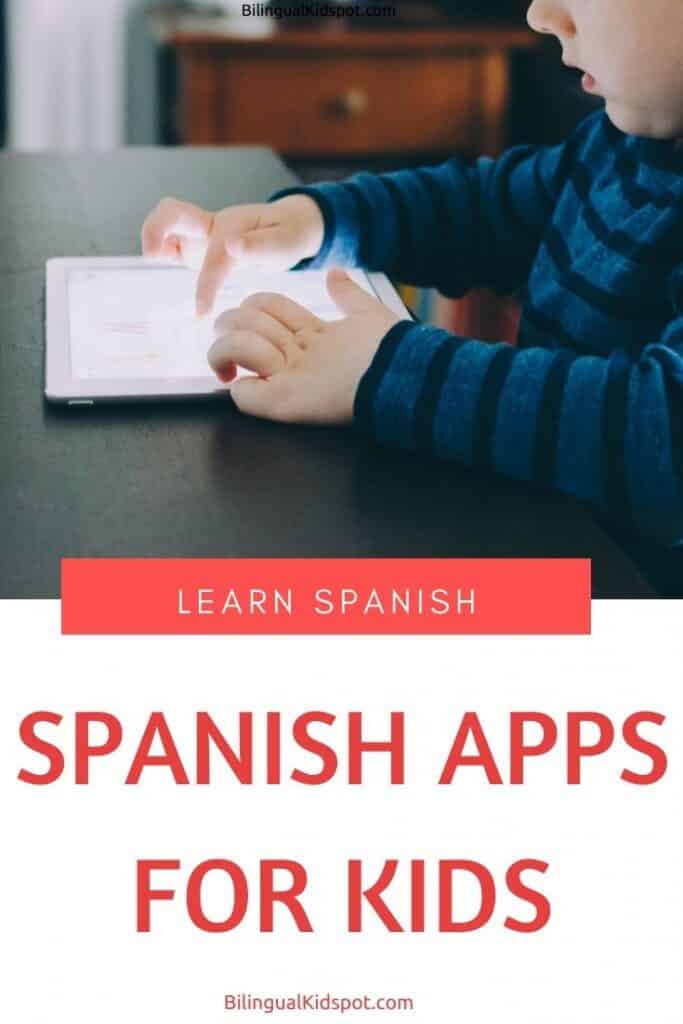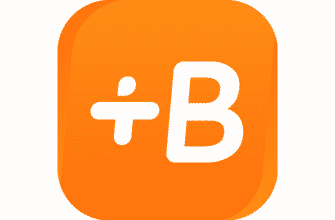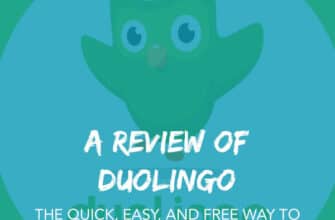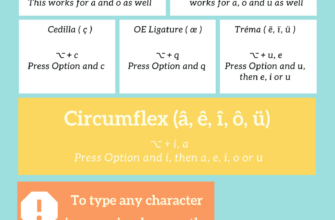Best Spanish Learning Apps
Are you looking for the best Spanish learning app but don’t know where to start? You can start by narrowing down your goals. Do you want to improve your Spanish skills fast, or do you want to enjoy a vacation in Latin America while learning? Whatever your reasons, there is a Spanish learning program that will meet your needs.

While there are a lot of great apps for learning Spanish online, if you’re looking for something that’s flexible and easy to use, apps for learning Spanish offline might be best for you as well. So, what exactly are the best Spanish learning apps around? If you’re just looking for something that will teach you basic Spanish, then you’re in luck. There are a lot of great apps out there, but I would focus specifically on two: Rocket Spanish and Rosetta Stone. Both of these programs have great apps for beginners and intermediate users. However, they have been designed differently, so here are the best Spanish apps for beginners and intermediate users:
o Duolingo Language App: This app is free. It was created by a developer named Daniel Cainer. He wanted to create an iPhone Spanish learning application. He created the app to basically give you a “break” when you’re learning Spanish. The cool thing about the Duolingo language app is that you play the game five minutes a day, so it doesn’t get old (although it’s addicting!
o Vocabulary Builder: Vocabulary builder is a great little app that will help you build vocabulary quickly. By building vocabulary rapidly, you can improve your skills in Spanish by listening to podcasts, watching Spanish shows on TV, and listening to music in your own language. Basically, you can do three things at once by using vocabulary builder. This is one of my favorite Spanish learning methods, because it works so well!
o Spanish Phrase Book: I don’t think there’s any program that comes close to the Spanish Phrase Book. You can literally store thousands of phrases in this program, and then you can learn Spanish by looking up the English translation for each phrase. This is the equivalent of having your own personal teacher. It’s just like having a private Spanish teacher.
o Speech Recognition: Two of the best Spanish learning Apps for beginners are Voice broadcasting (which is available on all of the above apps) and speech recognition. With speech recognition, you can actually teach yourself how to speak Spanish. This is actually a lot better than simply having a Spanish teacher. This way, when you go back and try to learn some verbs or conjugation, you’ll be able to remember what you heard and learned because you already know how. In other words, speech recognition works like a English/Spanish Dictionary. You can search the phrases you didn’t understand, and then when you have to hear the word you’re trying to say, it will already be in your head.
o Pimsleur: If you look for the term “Pimsleur” on the Spanish learning App Store, you will be overwhelmed by the choices. This is actually a great thing, though. Because pimsleur programs are so detailed and offer so many lessons, you can easily fit a lot of information into each lesson. This makes your overall learning experience a lot more enjoyable.
In order to get the most out of your Spanish learning experience, you should really try to get all of the resources you can. The best Spanish learning apps are those that provide comprehensive lessons, lots of exercises to practice with, and even flashcards for practice. The flashcards are especially useful because you can use them anytime. A lot of Spanish programs only teach formal Spanish, but a flashcard will let you practice your basic conversational skills, which are the basics of being able to speak the language fluently. Having these tools can really make a huge difference in the enjoyment you get from your Spanish lessons.








